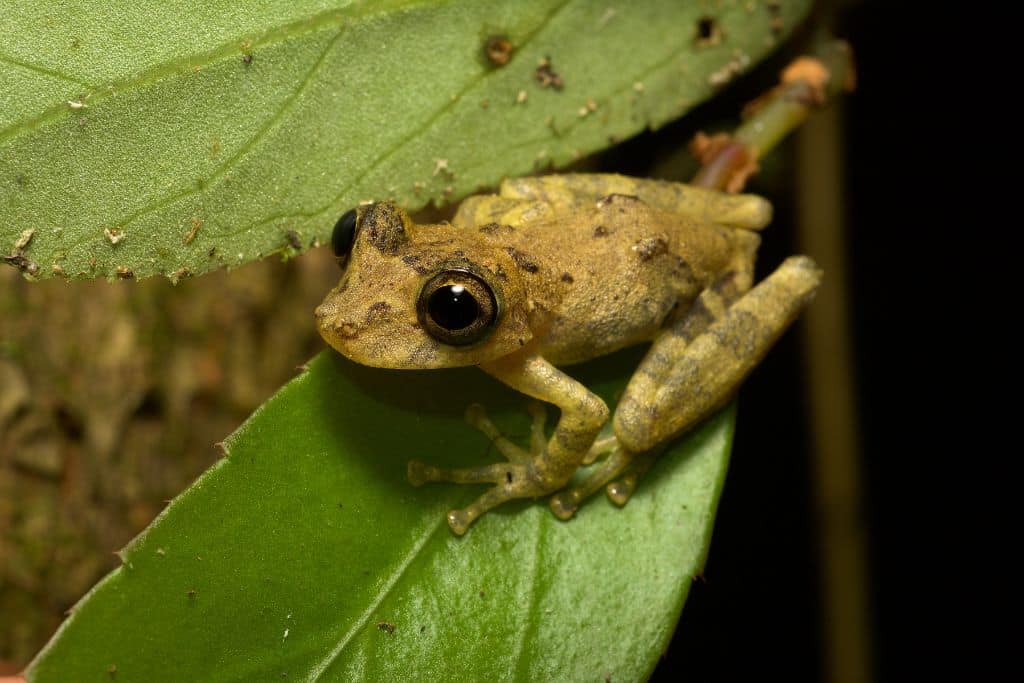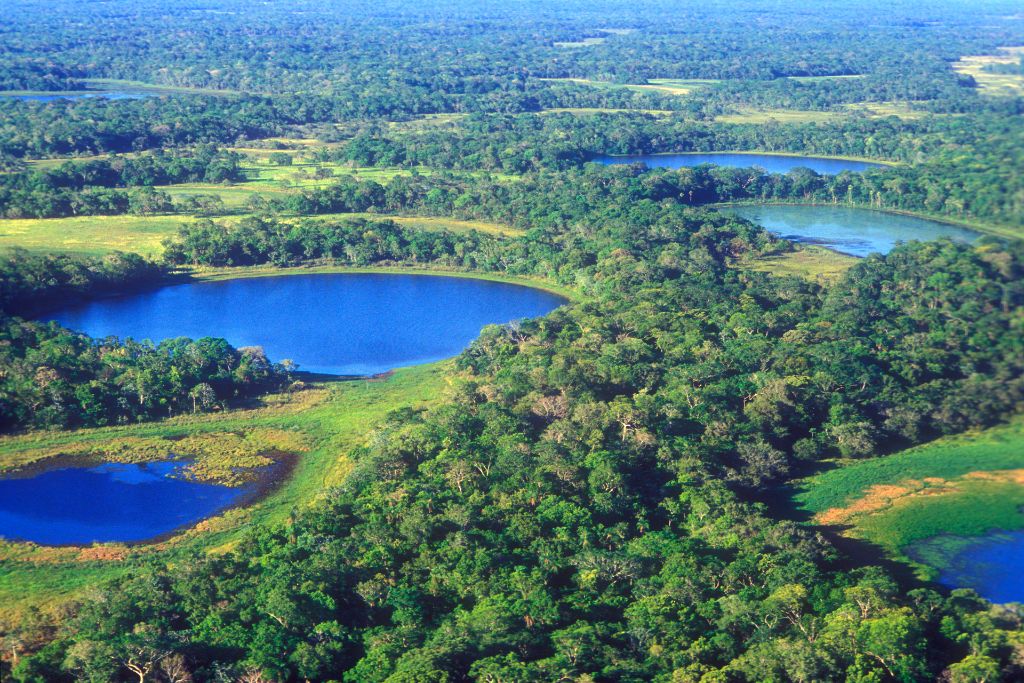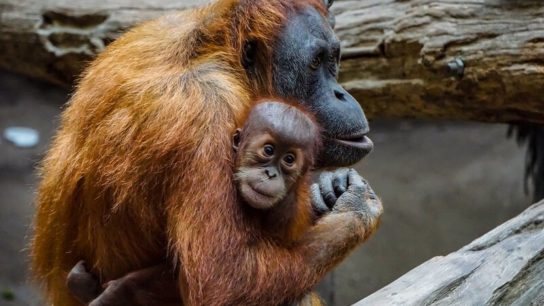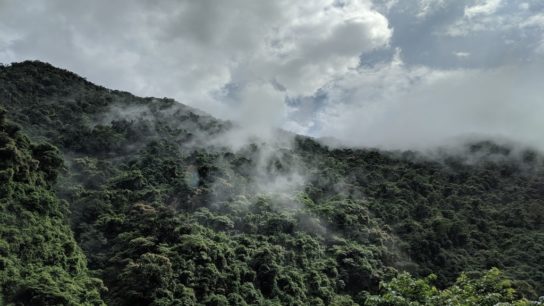Wetlands are extremely important areas to protect due to their high biodiversity. But the current conservation flagship species might be missing the mark.
—
Wetlands are extremely important areas to conserve. Freshwater ecosystems contain more species per unit area than either marine or terrestrial ecosystems. They cover only about 4-6% of the world’s surface but a staggering 40% of all described species rely on them to live or breed. They also serve humans in multiple ways, providing things like flood protection, water, and food.
It should be alarming, then, that 32% of freshwater fish species assessed worldwide are threatened with extinction, and that wetlands are disappearing around the globe, threatened by habitat loss, pollution and water flow modification. In fact, research shows the world may have lost as much as 87% of its wetlands over the past 300 years. Globally, the area of natural wetlands has decreased, whereas the area of artificial wetlands (such as reservoirs and rice fields) has increased.
The loss of natural wetlands is largely due to dams and water extraction for agriculture and urban use. Water extraction shrinks wetlands and can even turn permanent natural wetlands into seasonal ones. Furthering this problem, the growing use of fertilizers and pesticides throughout the Anthropocene has led to higher eutrophication rates, making wetlands less hospitable for species thriving in these environments.
Despite the value of these ecosystems, conservation research has historically focused on marine and terrestrial environments and much less on wetlands. On the bright side, in recent years, there has been a definite push to start treating these areas the way they deserve, with conservationists and governments around the world finally focusing on protecting these vital habitats.
While this is good news, wetland conservation organizations and campaigns typically exhibit a questionable tendency – choosing waterfowl as their flagship species. This is exemplified by the fact that the first ever international treaty on wetland protection was called the Ramsar Convention on Wetlands of International Importance Especially as Waterfowl Habitat.
A flagship species is chosen to serve as an icon for a conservation campaign. They have been proven to be an effective tool to gain public interest in wetland restoration campaigns. Birds are the most widely used wetland flagship group.
Using wetland birds undoubtedly has its advantages – these organizations certainly did not pick their flagship species randomly. They are relatively easy to count and vary from small, harmless ducks to stern and imposing herons. They also have large home ranges, so focusing on their protection can translate to the protection of large areas. While the reasons are clear, there seems to be little discussion on the drawbacks of choosing such species.
Firstly, waterbirds are poor surrogates for other taxonomic groups and are poor indicators of aquatic biodiversity, so they should not be considered a particularly effective umbrella species. Birds get their fish from different sources and so are not reliable indicators of the quality of each individual water body. Secondly, whilst rates of endemism are high for most animal groups in places like the Mediterranean Basin, with reptiles and amphibians exhibiting approximately 30-50% endemism rates, birds typically have much larger ranges and so they naturally have lower rates of endemism. Thirdly, birds are one of the least threatened classes in the Basin. In the past decade, all freshwater taxonomic groups have seen sharp population declines except for waterbirds (although, if we consider shifting baseline syndrome, their population levels are still low compared to how they were before the last century).
More on the topic: The Hidden Order: Exploring the Significance of Taxonomy in Understanding Life
Flagship species work best if they are charismatic, widely recognisable and symbolize the target habitat. Perhaps an effective umbrella species to focus on could be amphibians. They are good indicators of water quality and also the most threatened class of vertebrate on Earth, making them an obvious priority. There is also high amphibian endemism in the Mediterranean Basin.

On the other hand, many would take issue with this suggestion on the basis that amphibians are considered unappealing by much of the public. Alternatively, water voles could be a promising choice due to their cuteness and association with wetlands. It is important to note that these suggestions would not necessarily replace waterbirds, but could instead form part of a “flagship fleet,” allowing each of the species to appeal to different audiences. In this way, conservation organizations could present this as an evolution as opposed to a jarring reboot of their mission.
Just like with any class of animal, there are many people who simply do not find birds to be charismatic. While the many waterbird flagship species certainly serve their purpose in the battle for attention, employing more diversity in flagship fleets and widening the appeal would likely benefit the cause. Clearly, wetland conservation efforts could benefit from expanding their taxonomic circle of animal ambassadors. After all, the ultimate goal is promoting and celebrating biodiversity.
This story is funded by readers like you
Our non-profit newsroom provides climate coverage free of charge and advertising. Your one-off or monthly donations play a crucial role in supporting our operations, expanding our reach, and maintaining our editorial independence.
About EO | Mission Statement | Impact & Reach | Write for us














